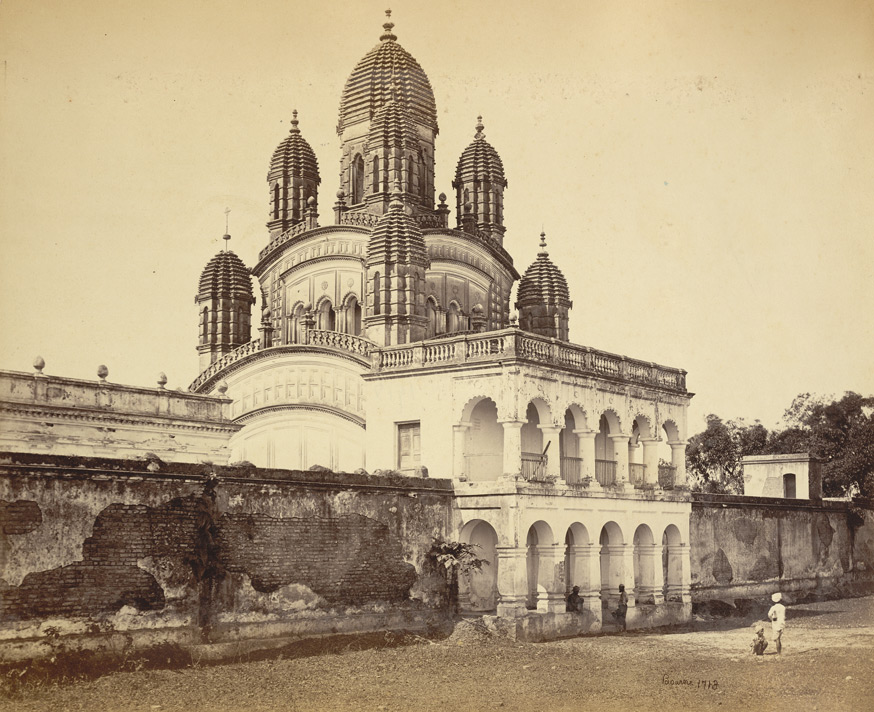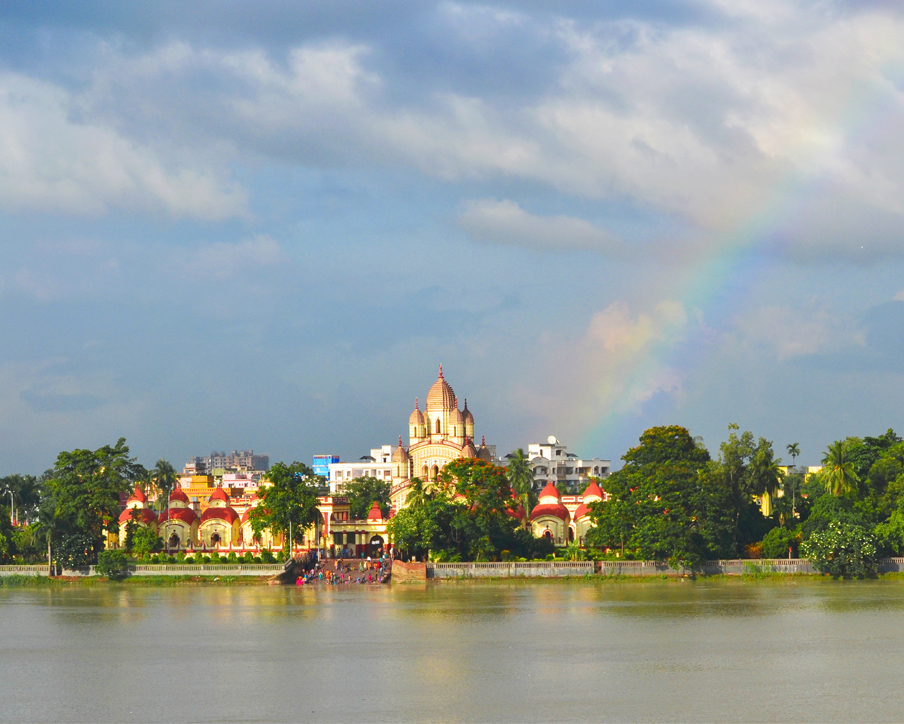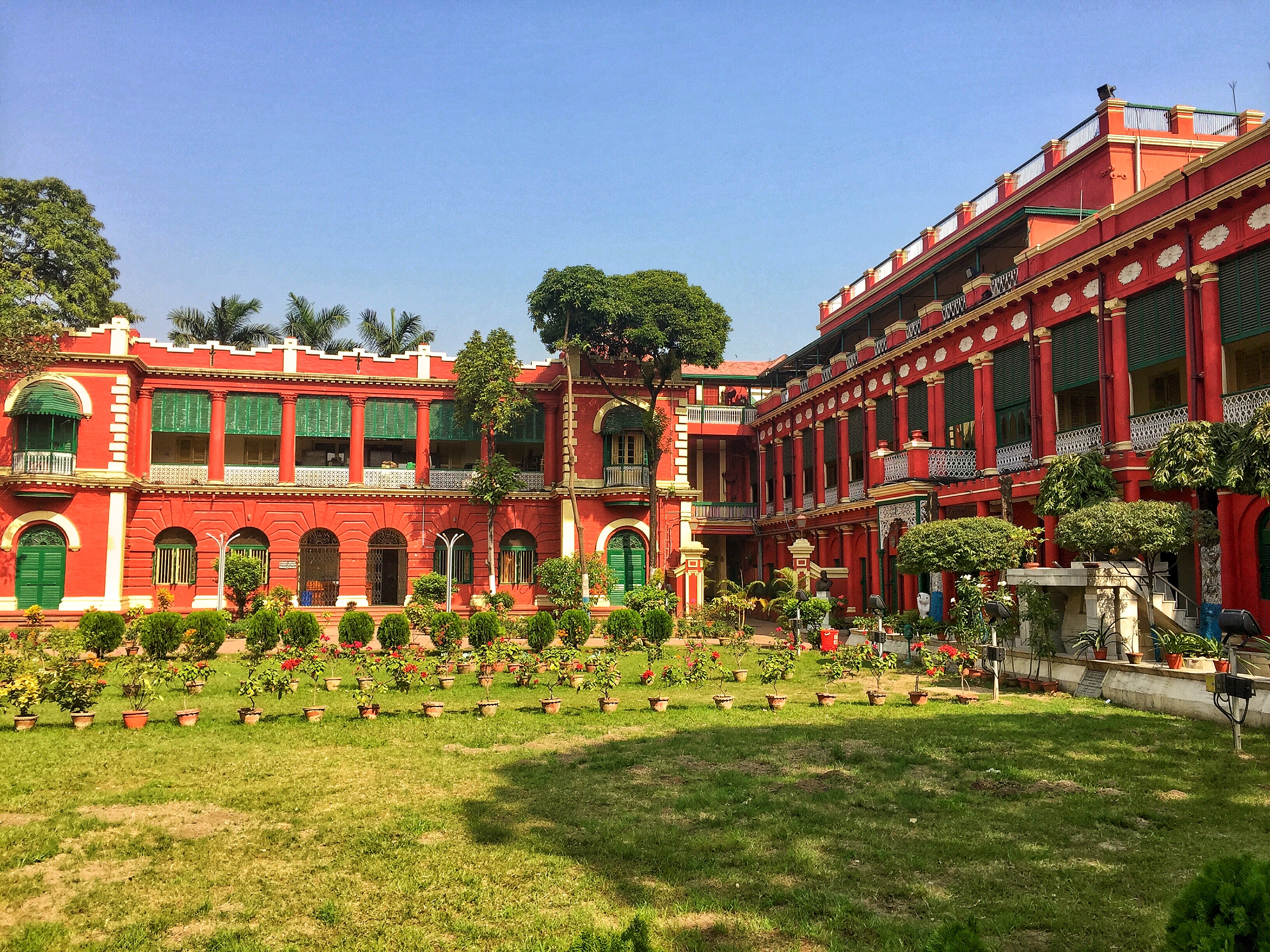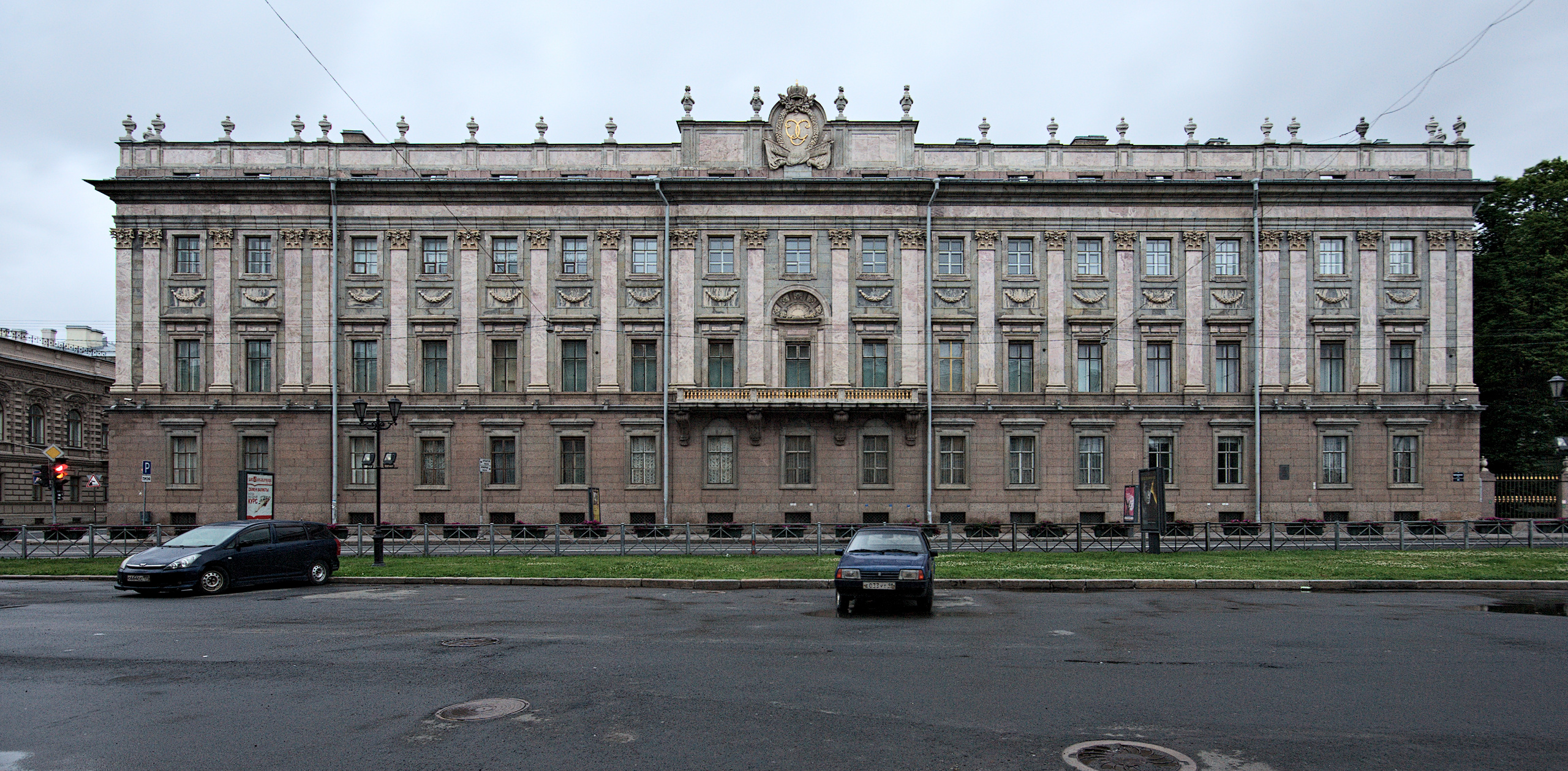Sacred Kali temple where mysticism meets colonial resistance




The Dakshineswar Kali Temple stands as a testament to divine inspiration and cultural resilience on the eastern bank of the Hooghly River in Kolkata. The temple's origins are deeply rooted in a mystical experience of Rani Rashmoni, a wealthy widow and philanthropist of the early 19th century. In 1847, on the eve of her planned pilgrimage to Kashi, she experienced a profound dream where the goddess Kali instructed her to establish a temple on the banks of the Ganges instead of undertaking the journey. This divine intervention would lead to the creation of one of India's most significant spiritual landmarks.
The temple's construction was a monumental undertaking that spanned eight years, from 1847 to 1855. Rani Rashmoni acquired a substantial plot of land known as Saheban Bagicha, which had previously served as a Muslim burial ground. The construction project was ambitious, requiring an investment of nine hundred thousand rupees - a considerable sum for the time. The temple was finally consecrated on May 31, 1855, with Ramkumar Chhattopadhyay serving as its first head priest. The appointment of his younger brother, Ramakrishna, as the subsequent priest would prove to be a pivotal moment in the temple's history.
The architectural magnificence of Dakshineswar Kali Temple represents a unique blend of traditional Bengal architecture and innovative design elements. Built in the Navaratna style, the main temple rises over 100 feet high, crowned with nine spires that create a distinctive silhouette against the Kolkata sky. The temple's design incorporates nine golden onion domes, an unusual feature more commonly associated with Eastern Orthodox Christian architecture. The sanctum sanctorum houses the idol of goddess Kali, known as Bhavatarini, positioned atop a thousand-petaled silver lotus throne, standing on the chest of Lord Shiva in his supine form.
The temple complex extends beyond the main shrine to encompass several significant structures. Twelve Shiva temples, aligned in two rows, flank the courtyard, while a Radha-Krishna temple adds to the spiritual diversity of the site. The northwestern corner of the courtyard holds particular significance as it contains Ramakrishna's room, now a revered space for devotees. The Nahabat, where his wife Sarada Devi resided in a modest ground floor chamber, has been transformed into a shrine dedicated to her memory.
The spiritual legacy of Ramakrishna profoundly shaped the temple's character during his three-decade association with it. His mystical experiences and teachings on religious harmony transformed the temple from a local worship site into a center of spiritual awakening. His presence attracted numerous followers, including the young Narendra Nath Datta, who would later become Swami Vivekananda. The room where Ramakrishna lived and experienced his spiritual revelations remains a powerful draw for pilgrims and seekers, preserving the energy of his profound spiritual practices.
The temple's significance extends beyond its religious importance into the realm of social and political history. Rani Rashmoni, its founder, was known for her defiance of British colonial authorities and her extensive philanthropic work. She used her wealth and influence to support various social causes, and the temple became a symbol of indigenous resistance to colonial cultural domination. This aspect of the temple's history connects it intimately with the Bengal Renaissance, a period of social and cultural reformation in 19th century Bengal.
Today, the Dakshineswar Kali Temple continues to be a vibrant center of worship and cultural preservation. The daily ritual worship of Kali and the Shiva temples maintains ancient traditions while adapting to contemporary needs. The temple opens its doors to visitors from 6:00 AM to 8:00 PM daily, offering free entry to all who wish to experience its spiritual atmosphere. Recent renovation and preservation efforts have focused on maintaining the temple's architectural integrity while accommodating the growing number of visitors it receives from around the world.
The temple stands as a living monument to the intertwining of spiritual experience, architectural innovation, and social reform. Its continued significance in modern India demonstrates how sacred spaces can evolve while maintaining their essential character, serving as bridges between traditional devotion and contemporary spiritual seeking. The legacy of Rani Rashmoni, Ramakrishna, and the countless devotees who have passed through its gates continues to inspire visitors with its message of spiritual unity and social transformation.
Enhance your journey with these nearby attractions that offer similar cultural experiences

Kolkata, West Bengal
Ancestral Tagore home: Cultural landmark of Bengali Renaissance

Kolkata, West Bengal
Opulent Marble Palace: Kolkata's Neoclassical Gem of Cultural Splendor